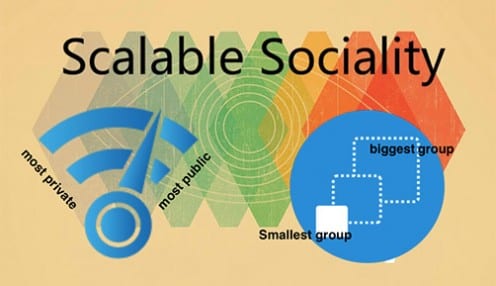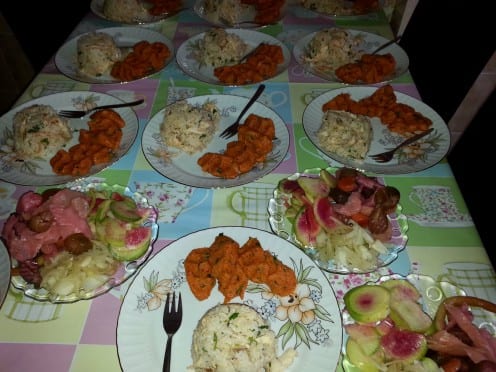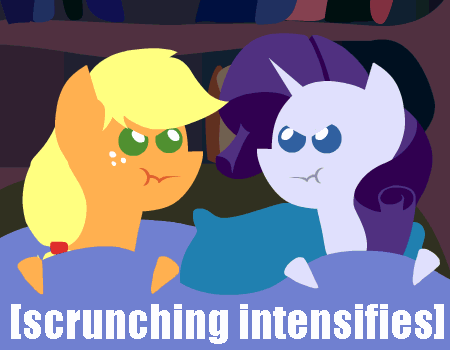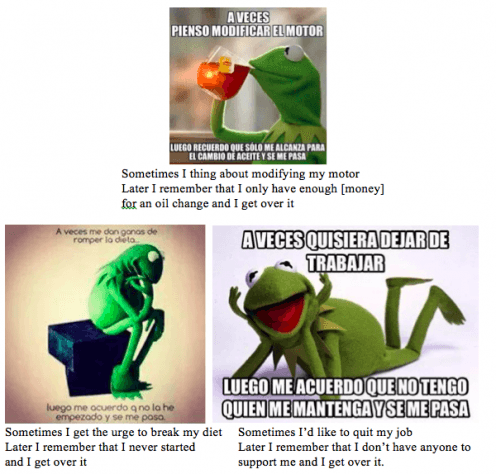What does social media tell us about sociality in Grano?
By Razvan Nicolescu, on 15 February 2016
Most people in Grano do not need Facebook to reflect, reproduce or strengthen relationships, because the entire society is already doing this. Rather, intimate relations are expressed online in more subtle ways: for example, two spouses rarely post on each other’s Facebook wall but complement each other in their online postings in similar ways they complement each other offline. Or, by keeping to largely accepted genres, such as moral memes, people do not risk being criticised while at the same time the most important audience, family and close friends, can still decipher deeper meanings in public postings.
In this setting, people use WhatsApp as well as conventional dyadic communication media, such as the mobile phone and Skype, to express social relations within the nuclear family and close relationships. WhatsApp became very popular in Grano in a relatively short period of time (winter 2013 – summer 2014) because people realised that this service is extremely versatile in expressing a multitude of intimate relationships: by promptly answering your mother in precise moments of the day, chatting continuously with your fiancée, or having passionate discussions with your male friends each weekend around the Italian football championship, people realised that WhatsApp could be as complex and delicate as personal relationships are. The fact that this service is free and easy to use reflects the direct character of these relationships, as opposed to the more elaborated visual content on public-facing social media.
It is the well-defended, anxious, and often tempestuous private media that actually allows for the more calm and attractive public facing social media to exist. But overall, people use this basic complementarity between various social media to express the dual nature of their sociality. A simple ‘Good morning’ message sent only to loved ones is a subtle way to reflect a relationship.
 Close
Close















